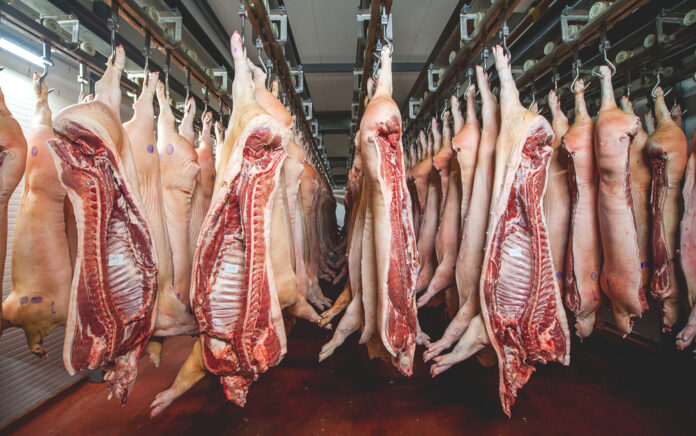A recent decision by the Philippine Statistics Authority (PSA) to revise the carcass conversion rate for certain livestock has sparked concern in the swine industry, which continues to struggle following the first African Swine Fever (ASF) outbreak in 2019.
At the center of the controversy is the increase in the carcass conversion rate to 83 percent from 70 percent. The new rate means a 100-kilo live pig is expected to yield 83 kilos of carcass, up from the previous 70 kilos.
Carcass, according to PSA definition, is body of any slaughtered animal after the removal of the offal, which includes the animal’s head, tail, organ glands, and other tissues. It is from the carcass where you get choice cuts such as liempo, pigue and kasim.
Industry stakeholders argue that such a yield may be accurate for larger pigs—like sows and boars weighing up to 120 kilos—but say these are now rarely sold due to tight supply. Farms, especially backyard operations, are compelled to sell pigs even before they reach the ideal weight to cover high demand.
An industry executive noted that the continued threat of ASF, coupled with the lack of a commercially available vaccine, further discourages farmers from growing pigs to heavier weights.
Since ASF hit in 2019, the Philippine hog inventory has dropped from around 13 million heads to just 8 million.
The PSA’s data plays a vital role in agricultural planning, especially for the Department of Agriculture’s strategies on supply management and importation. Players from the multi-billion-peso swine industry worry that unrealistic assumptions in official data could distort policy decisions at a time when the sector remains vulnerable.







